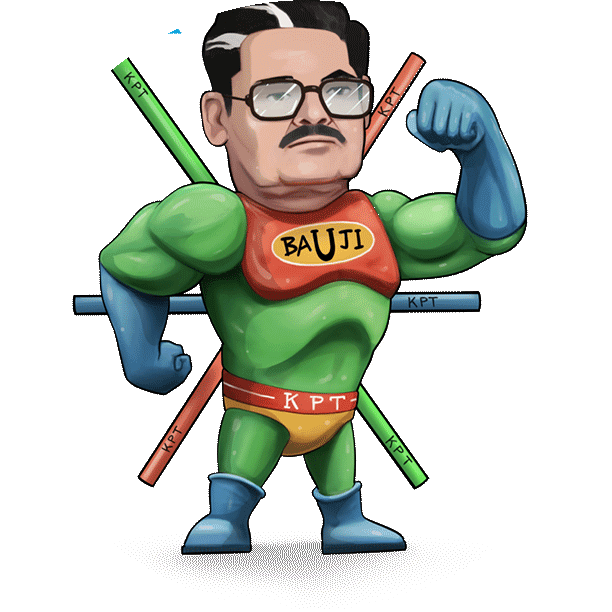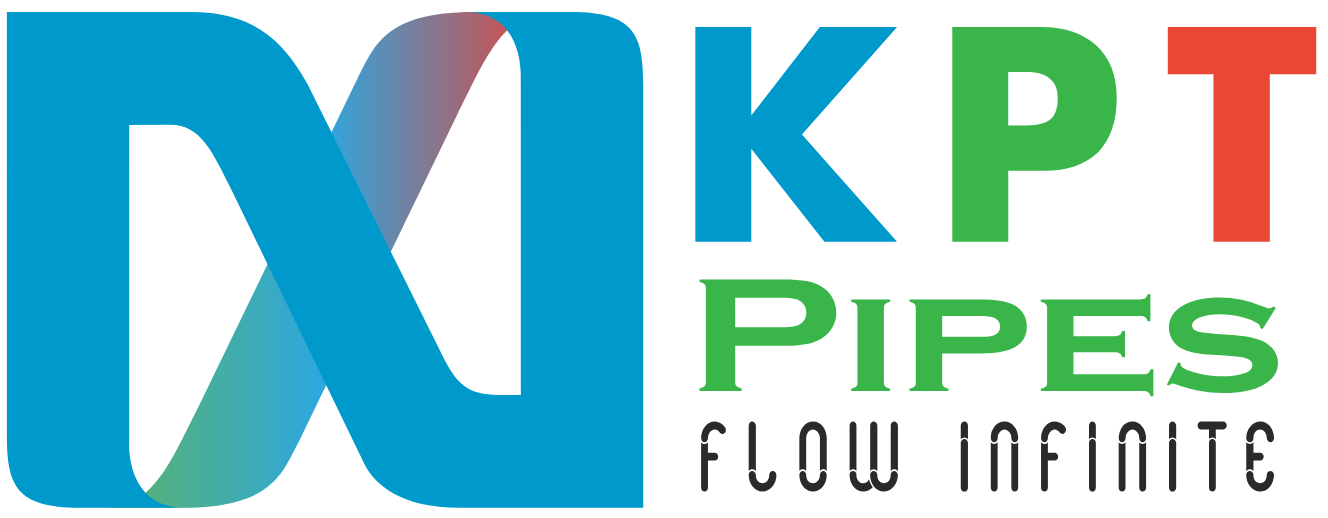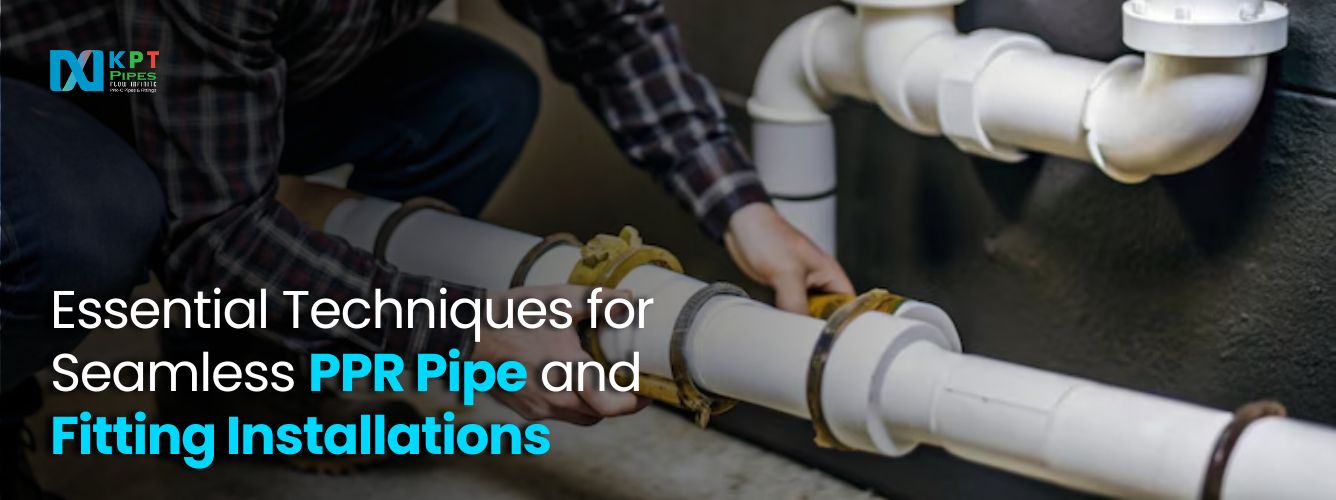Polypropylene Random Copolymer (PPR) pipes have become a popular choice for modern plumbing due to their durability, flexibility, and resistance to corrosion. Proper installation is crucial to ensure that these benefits are realized and that the system performs efficiently over its lifetime. This blog provides a comprehensive guide to essential techniques for achieving seamless PPR pipe and fitting installation, ensuring both durability and functionality.
Table of Contents
ToggleUnderstanding PPR Pipes and Fittings
PPR pipes are used in various applications, including water supply, heating systems, and industrial processes. They are known for their excellent resistance to high temperatures and pressures, making them suitable for both hot and cold water systems. The fittings, such as elbows, tees, and couplings, connect the pipes and direct the flow as required.
Preparation: Laying the Groundwork
Planning and Design
A successful installation begins with thorough planning and design:
- System Layout: Develop a detailed plan for your piping system. This should include pipe routes, fitting locations, and the placement of supports. Accurate planning helps avoid errors and ensures that all components fit together seamlessly.
- Material Calculation: Estimate the amount of PPR pipe and fittings needed, including allowances for cuts and errors. Having the right amount of material on hand prevents delays and ensures a smooth installation process.
- Local Codes and Regulations: Verify that your design and installation plans comply with local building codes and regulations. This may include specific requirements for pipe sizing, pressure ratings, and installation practices.
Tools and Materials
Prior to commencing, confirm that you possess the appropriate tools and materials:
- Pipe Cutter: For clean, precise cuts on PPR pipes.
- Fusion Machine: For heating and joining pipes and fittings.
- Deburring Tool: To smooth out the edges of cut pipes.
- Measuring Tape and Marker: Essential for precise measurements and markings.
Installation Techniques: Achieving Seamless Results
Cutting the Pipes
Proper cutting of PPR pipes is essential for a secure fit:
- Use a Pipe Cutter: A dedicated pipe cutter ensures a straight, clean cut. Avoid using saws or other tools that can leave rough edges, which might interfere with the fusion process.
- Deburr the Edges: After cutting, use a deburring tool to remove any burrs or sharp edges. This precautionary measure safeguards the fittings from damage and facilitates a seamless connection.
Heating and Fusion
Fusion is the process of joining PPR pipes and fittings to create a strong, leak-proof connection:
- Heat the Pipe and Fitting: Use a fusion machine to heat the ends of the pipe and fitting. The temperature should typically be around 260°C (500°F), but always follow the manufacturer’s guidelines for specific temperatures and heating times.
- Align and Join: Once heated, quickly align and insert the pipe into the fitting. Ensure that the pipe is fully inserted and that the fitting is correctly aligned. Hold the joint in place for a few seconds to allow it to cool and solidify.
- Inspect the Fusion: After cooling, check the joint for uniformity. A properly fused joint should be smooth and free of gaps. Ensure that the pipe and fitting are fully merged and that there are no visible signs of incomplete fusion.
Pipe Alignment and Support
Correct alignment and support are critical for system longevity:
- Ensure Proper Alignment: Pipes and fittings should be aligned accurately to prevent stress on the joints. Misalignment can lead to leaks and reduced system performance.
- Install Supports and Hangers: Use supports and hangers to secure the pipes and prevent sagging. Proper support helps maintain alignment and reduces strain on the joints. Follow the manufacturer’s recommendations or local codes for support spacing.
- Allow for Expansion: PPR pipes expand and contract with temperature changes. Provide allowances for thermal expansion by avoiding rigid connections and including expansion loops or offsets where necessary.
Testing and Inspection
Testing and inspecting the system is crucial to ensure its reliability:
- Pressure Testing: Conduct a pressure test to check for leaks and verify that the system can handle the intended pressure. This involves filling the system with water and applying pressure to the maximum operating level. Monitor the system for leaks and weak spots.
- Inspect Joints and Connections: Examine all joints and connections for proper fusion and alignment. Look for any gaps or irregularities that might indicate a problem.
- Check for Leaks: Inspect the entire system for leaks, focusing on joints and fittings. Early detection of leaks can prevent more significant issues and reduce water waste.
Maintenance and Troubleshooting
Post-installation maintenance is vital to ensure the continued performance of your PPR piping system:
- Regular Inspections: Periodically check the system for signs of damage, wear, or leaks. Conducting regular inspections aids in detecting potential issues before they escalate into significant problems.
- Cleaning and Maintenance: Keep the pipes clean and free of debris. Avoid using harsh chemicals that may damage the PPR material. Regular cleaning helps maintain the system’s efficiency.
- Address Issues Promptly: If problems are detected, address them promptly to avoid further complications. This may involve re-fusing joints, replacing damaged sections, or adjusting supports.
Conclusion
Seamless PPR pipe and fitting installation are achieved through careful planning, precise execution, and thorough testing. By following essential techniques such as accurate cutting, proper heating and fusion, correct alignment and support, and comprehensive testing, you can ensure a reliable and durable plumbing system. Whether you are a professional plumber or a DIY enthusiast, mastering these techniques will help you achieve a successful installation that meets the highest standards of performance and longevity. Embrace these practices to harness the full benefits of PPR pipes and create a plumbing system that stands the test of time.
Frequently Asked Questions (FAQs)
Q1: How do I ensure that my PPR pipe and fitting installation is leak-proof?
Ans: To ensure a leak-proof installation, it’s essential to follow proper heating and fusion techniques. Use a fusion machine to heat the pipe and fitting evenly and insert them quickly while ensuring correct alignment. After the joint cools, inspect it for uniformity. Additionally, conducting a pressure test will help verify that the system can handle the desired pressure without leaks.
Q2: Can PPR pipes be used for both hot and cold water systems?
Ans: Yes, PPR pipes are highly resistant to high temperatures and pressures, making them suitable for both hot and cold water systems. They are commonly used in residential, commercial, and industrial plumbing applications due to their durability and ability to handle a wide range of temperatures.
Q3: What should I do if I notice a misalignment during installation?
Ans: If you detect misalignment, it’s essential to address it immediately to prevent future issues like leaks or strain on the joints. Cut and refit the pipe or fittings as needed. Also, ensure proper support and hangers to maintain alignment and reduce stress on the piping system.



